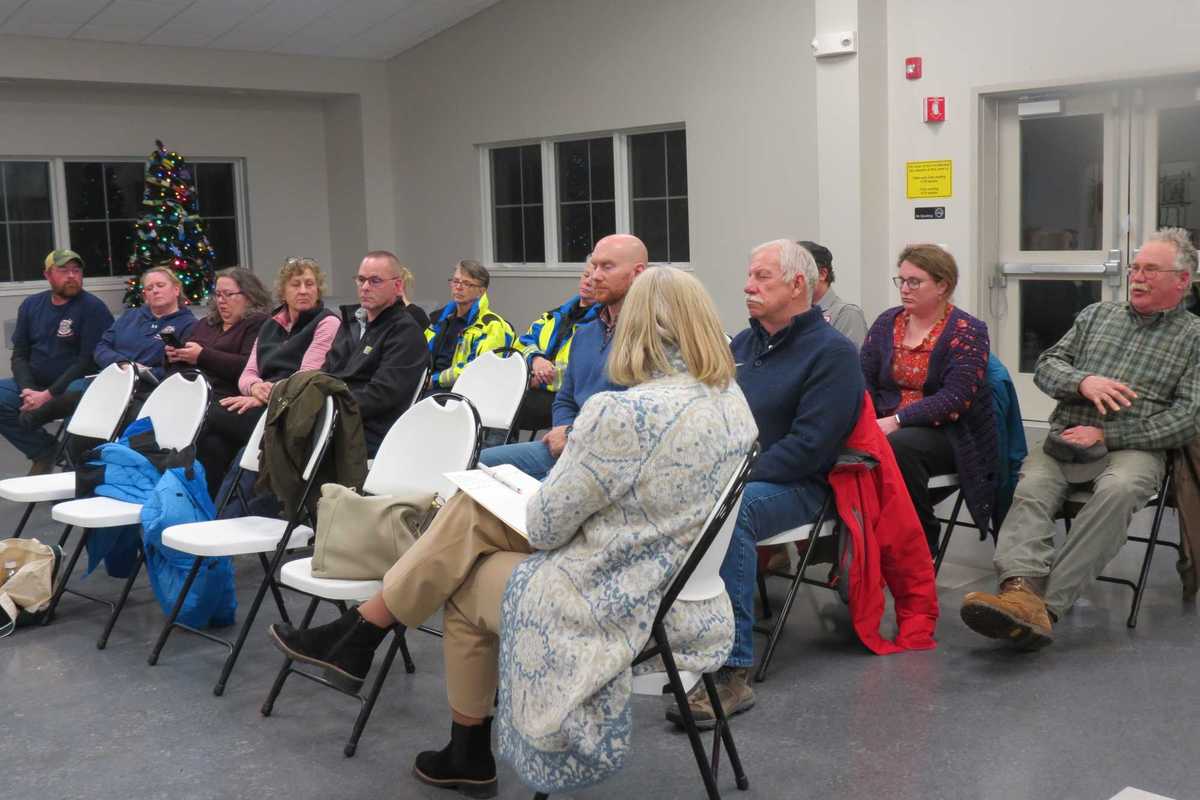The Federal Reserve Bank raised interest again, even as another regional bank saw its stock price collapse. Investors are asking when enough tightening is enough.
The key Fed funds interest rate was hiked by another 0.25%, which increased its benchmark rate to between 5% and 5.25%. That was the 10th hike in 14 months and has pushed interest rates to a 16-year high.
The stock market sold down after Chairman Jerome Powell made it clear (again) that fighting inflation is the Fed’s number one objective. Powell did hold out some hope that this hike could be the last, although that decision, he said, would be data-dependent and be decided from meeting to meeting. Nothing he said was concrete enough for investors to truly believe that a pause in rate hikes is in the offing.
The bulls were hoping that the meeting would either result in no interest hike or be a one-and-done event. Neither occurred, which has ramifications for the economy, employment, and the ongoing regional banking crisis. The banks lead the market declines and well they should.
Beginning in March, with the collapse of Silicon Valley Bank, the markets realized that the rapid rise in interest rates had created both a danger for many banks and an investment opportunity for the public. Main Street could now buy high-yielding U.S. Treasury bills and CDs instead of keeping their money in checking and saving accounts with little to no returns. I have written extensively on the subject in my columns over the last several weeks.
As the Fed continues to raise interest rates, the yield on these alternative investments also rises. The yield on a three-month U.S. Treasury bill, for example, rose from 5.10% to 5.25% the day after the Fed’s interest rate hike. This has had a serious detrimental impact on banks overall and regional banks as more and more investors pull their deposits.
But that is not all. The $5.7 trillion commercial real estate sector (CRE) is also in trouble.
Thanks to high-interest rates, the pandemic, and the subsequent trend toward working from home, many urban centers are facing a historically high vacancy rate. It is so bad that many cities are considering converting empty office buildings into living spaces. This trend is spreading across the nation.
Smaller regional banks hold 4.4 times more exposure to the U.S. CRE than larger banks, according to a recent report from JPMorgan Private Bank. Citigroup also found that banks represent 54% of the overall CRE market, with small lenders holding 70% of CRE loans.
Between the drain on deposits, and now the risks in real estate, is it any wonder that the regional bank index has lost 34% of its value over the last month?
Within hours after the Fed hiked rates on Wednesday afternoon (May 3), the regional bank, PacWest, reported that it was considering strategic options including a sale. The bank’s stock tumbled 60% on Thursday and took the regional bank index and the stock market down with it.
Gold, silver, and Bitcoin (all areas I have featured in the last few months) spiked higher in a rush for safety with spot gold hitting a high of $2,085.
As I said recently, where the market would finish the week would depend on the Fed’s decision on interest rates. In hindsight, Chairman Powell had it right. The non-farm payroll data released on Friday showed that 253,000 jobs were added in April. The unemployment rate dropped to 3.4%, while the expectation was that the rate would rise to 3.6%. The Fed wants to see job gains fall, but they are going the other way.
The Fed needs to see the unemployment rate closer to 4-4.5 %% to reach its inflation target of 2%. We are nowhere near that level, so to me, the Fed’s stance on monetary policy seems vindicated.
So what does all this bearishness indicate to me? For me, I think the markets will bounce back. We may even break the range we have been in for almost a month. That is a contrarian call, since most traders are what I called “beared up.”
I believe we can still see my target on the S&P 500 Index of 4,325 give or take a few points. After that, likely in the second half of the month, I believe we will see a substantial pullback. Precious metals, on the other hand, are likely to now see a bout of profit-taking after a spectacular run.
Bill Schmick is a founding partner of Onota Partners Inc., in the Berkshires. None of his commentary is or should be considered investment advice. Email him at bill@-schmicksretiredinvestor.com.











Banks bashed as Fed continues to raise rates